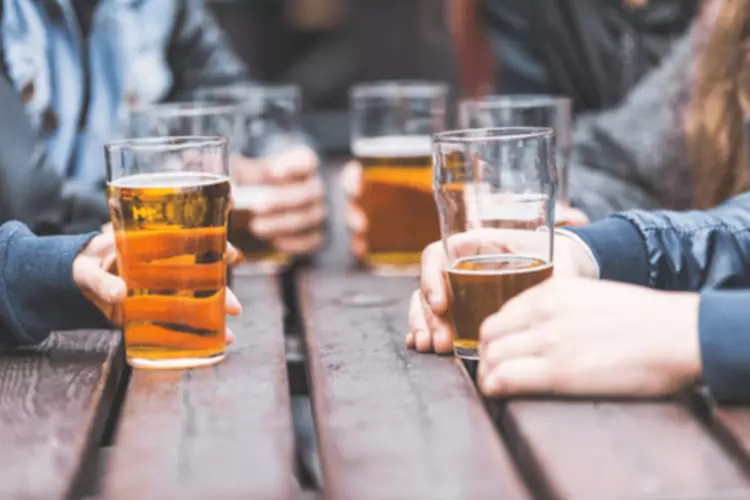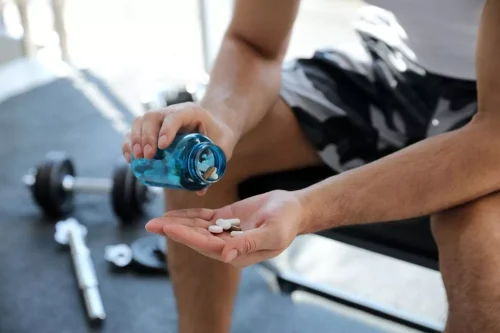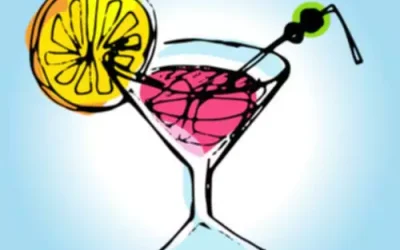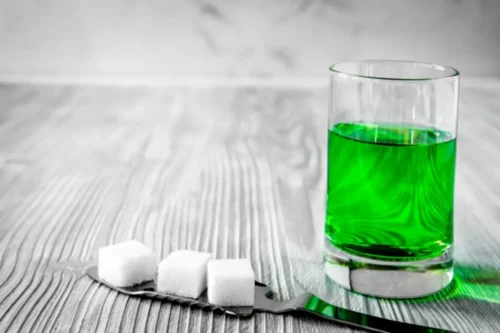Future work is needed to develop and test integrated interventions for pain and alcohol use across a range of health-care settings. For example, persons with co-occurring pain disorders who engage in treatment for AUD may benefit from taking additional measures to manage their pain during the early stages of alcohol abstinence. Similarly, patients receiving pain treatment may benefit from interventions that seek to reduce the use of alcohol for pain-coping. Chronic pain affects an estimated 116 million American adults and costs the nation up to $635 billion each year (Committee on Advancing Pain Research, Care, and Education; Institute of Medicine, 2011). Approximately 18 million Americans suffer from alcohol abuse or dependence, contributing to 100,000 deaths and $185 billion in costs annually (Grant et al., 2004a). Although the relationship between pain and opiate misuse has been extensively studied, considerably less attention has been devoted to the study of pain and alcohol use despite evidence that alcohol ingestion can acutely reduce pain.
Alcohol and Pain Management: A Bidirectional Relationship
The dependent group developed strong mechanical allodynia during 72 h of withdrawal, which was completely reversed immediately after the voluntary drinking. Moreover, we observed an increased pain hypersensitivity (allodynia) compared with the naïve group in 40% and 50% of non-dependent male and female mice, respectively. Increased IBA-1 and CSF-1 expression was observed in spinal cord tissue of both hypersensitivity-abstinence related and neuropathy-alcohol mice, and increased IL-6 expression and rock recovery we believe that freedom is possible ERK44/42 activation in mice with hypersensitivity-related to abstinence, but not in mice with alcohol-evoked neuropathic pain. In dependent mice, allodynia developed during alcohol withdrawal, and subsequent alcohol access significantly decreased pain sensitivity. Separately, about half of the mice that were not dependent on alcohol also showed signs of increased pain sensitivity during alcohol withdrawal but, unlike the dependent mice, this neuropathy was not reversed by re-exposure to alcohol.
Chronic alcohol & drug use
It is also possible that participants who were considered problem drinkers may have developed a tolerance to alcohol (e.g., Schuckit et al., 2008), which could explain why a higher dose of alcohol was necessary to achieve analgesic effects in that group. Similarly, in a study of community-dwelling older adults, the prevalence of moderate-to-severe past-month pain among problem drinkers (43%) was greater than that observed among non-problem drinkers (30%; Brennan, Schutte, & Moos, 2005). Considering that alcohol use is contraindicated for use of prescription analgesics (FDA, 1998), it is possible that rates of heavy drinking may have been suppressed among some samples, perhaps because patients who use pain medications may be reluctant to report concurrent use of alcohol (e.g., Kim et al., 2013).
- Boerhaave’s syndrome, also known as spontaneous esophageal rupture, is a rare but life-threatening condition characterized by a tear in the esophagus.
- The brain and body respond to events such as alcohol intoxication, stress, and injury by activating neuronal and hormonal responses to promote physiological stability in the face of a changed set point (allostasis).
- Further, they discuss pharmacotherapies and psychotherapies that may target both conditions, potentially improving both AUD and chronic pain outcomes simultaneously.
- For example, animal models have consistently demonstrated increased pain threshold following acute ethanol administration, with some data suggesting a dose-response effect (e.g., Ibironke & Oyekunle, 2012).
The Pain Response
Attempts at abstinence lead to alcohol withdrawal syndrome and hyperalgesia, increasing the risk of relapse. Chronic neurobiological changes lead to preoccupation with pain and cravings for alcohol, further entrenching both conditions. To stimulate research in this area, the authors review methodologies to improve the assessment of pain in AUD studies, including self-report and psychophysical methods. Further, they discuss pharmacotherapies and psychotherapies that may target both conditions, potentially improving both AUD and chronic pain outcomes simultaneously. Finally, the authors emphasize the need to manage both conditions concurrently, and encourage both the scientific community and clinicians to ensure that these intertwined conditions are not overlooked given their clinical significance. Experimental studies should be employed to test causal relations between pain and alcohol use, and to identify underlying mechanisms.
Effect of acute and chronic alcohol abuse on pain management in a trauma center
In the following section, we briefly examine a selection of biopsychosocial factors that are relevant to both pain and alcohol use. Our sample included only individuals who had responded to CPES questions related to chronic pain, depressive disorders, and alcohol abuse, and met the CPES inclusion/exclusion criteria. Demographic information for the total sample and the chronic pain group is included for descriptive purposes. Not only does early and protracted abstinence induce a type of pain characteristic of early recovery, but it also has the tendency to exacerbate dysregulated nociception (Egli et al., 2012). In cases where pain among AUD individuals results from a comorbid condition (e.g., cancer, neuralgia, fibromyalgia), abstinence of any duration can reveal the presence and intensity of pain that was previously being masked by the analgesic effects of alcohol. This dynamic can present unique challenges for recovering individuals suffering from acute and/or chronic pain, as well as for the physicians responsible for treating both conditions.
Individuals may come to hold beliefs that alcohol will help them manage pain if they have previously perceived a reduction in their pain (or pain-related distress) when drinking. Given evidence that alcohol expectancies may be influenced by socially shared and transmitted beliefs (Donovan, Molina, & Kelly, 2009), it is possible that expectancies for alcohol-induced analgesia may be shaped by social depictions of alcohol as a stress-coping agent. However, we are not aware of any studies that have attempted to assess whether participants held expectancies that drinking may mitigate pain in the context of laboratory pain induction. A comprehensive approach to the treatment of alcohol addiction, which considers chronic conditions like chronic pain, is necessary for effective treatment of both.
Rather than offering them less medication, they may need higher doses than expected to adequately control pain. This may be particularly important for patients with addictions who are not used to experiencing the full range of emotions when sober. We would also recommend avoiding PRN dosing for opiates and, instead, use a fixed-dosing schedule in order meth withdrawal symptoms timeline & detox treatment to avoid the cycle of unmanaged pain, followed by significant side effects due to ‘catching up’ with the pain. Consideration of a PCA for all patients who are having difficulty reaching manageable pain levels is also crucial. This will allow the patient to feel more in control of their environment and they will probably use less medication as a result.
Future research should also attempt to differentiate between lifetime abstainers and those who abstain later in life (e.g., due to illness that prohibits alcohol use or recovery from AUD), as pain-related outcomes may vary as a function of alcohol exposure. The current review also identified numerous sociodemographic, psychiatric, and environmental factors common to both pain and alcohol use (e.g., socioeconomic status, anxiety and depressive disorders, tobacco smoking). As these factors may confound the study of relations between pain and alcohol, future research would benefit from accounting for these relevant third variables. Future research may also examine other relevant third variables (e.g., comorbid medical conditions, emotional distress) that could further inform our evolving conceptualization of reciprocal relations between pain and alcohol use.
Cutter et al. found that alcohol only acts as an analgesic in chronic alcoholics, but has no effect on pain in nonproblem drinkers [28]. Similarly, Brown and Cutter demonstrated that alcohol decreases pain among problem drinkers, the effects of adderall on your body but it increases pain in people who are acutely intoxicated but are not chronic alcoholics [26]. Again, these studies were all conducted in a laboratory setting and may not be generalized to the trauma setting.
Drinking enough alcohol to “relieve pain” can mean drinking to the point of blackout, and this is an exceptionally unhealthy way to deal with pain, whether acute or chronic. The first recommendation is to obtain routine blood alcohol level and toxicology screening on trauma patients in the emergency department. Staff may also want to consider collecting other biochemical markers of chronic use, including a γ-glutamyl transferase. Dosing of opioids will probably need to be altered if a person is either acutely intoxicated or has impaired liver function due to chronic use. This information can also be useful in conducting brief interventions geared toward changing alcohol use. A major trauma is a life-changing event that may be used as an impetus to change addictive behaviors.
Second, drinkers who neglect to utilize pain-coping behaviors or are unsuccessful in their employment of coping to curtail pain could, subsequently, experience increased motivation to drink. This may be especially true for those drinkers who hold strong expectancies that drinking will help them cope with or reduce pain. Unfortunately, people tend to try to medicate chronic pain with alcohol as well, and this can be extremely dangerous.
Indeed, there is evidence for the involvement of the endogenous cannabinoid system in the pharmacological and behavioral effects of alcohol (Perra et al., 2005). However, gabapentin, a GABA analogue anticonvulsant medication that also is used to treat pain, has been shown to have the benefit of reducing cravings and to significantly delay relapse in individuals with AUD (Brower et al., 2008). Given the analgesic effects of alcohol on pain, pervasiveness of alcohol use as a pain management strategy has proven to be substantial among individuals exhibiting pain. For example, in a study of older adult (ages 55–65) problem drinkers and healthy controls, the drinkers were more likely to report more severe pain, greater pain interference, and more frequent use of alcohol to manage pain (Brennan et al., 2005).




















